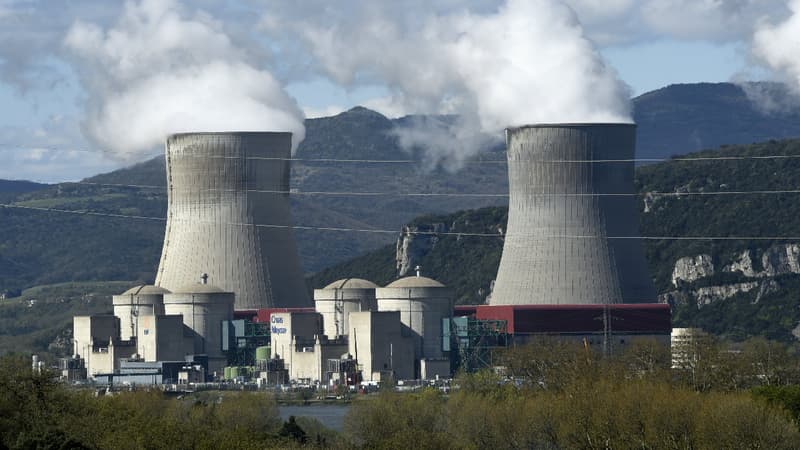EDF no longer has the right to make mistakes if it wants to avoid power outages. The group announced on Friday the delay in the start-up of 4 reactors. One in Chooz, one in Penly and two in Cattenom will only be re-released between the end of January and the end of February. These delays are due to corrosion problems found in the reactor piping. New cracks were found at Penly and Cattenom. Another reactor at the Lorraine plant was delayed when the Nuclear Safety Authority (ASN) demanded that the welds made by EDF be redone.
The October strikes had already changed the group’s restart schedule. This time, this new setback puts EDF in a dead end. Now, it predicts that 10 reactors (out of 56) will still be shut down in January, twice as many as forecast in early September. In mid-October, Emmanuel Macron had declared that the goal was to have 45 reactors up and running by early January. So there’s only one margin reactor left and two more months to go…
The CEO of EDF arrives with no room for maneuver
Economy Minister Bruno Le Maire relied on the “optimistic” scenario of the electricity transmission network (RTE) that pointed to 50 gigawatts of nuclear power in early January. But this new EDF timeline projects that the 46 reactors in operation on this date will weigh “only” 48 gigawatts of electrical capacity. The objective of the Ministry of Economy is thus shattered.
As a result, RTE has switched to its “cautious” scenario which sees 45 gigawatts of power available in January. And here again, there is little wiggle room before falling for your “demoted” option…
EDF’s new CEO, Luc Rémont, will take office in mid-November against a very tense background. During his hearing in the National Assembly in late October, he stated that he was aiming for a nuclear output of “45 to 50 gigawatts by January 1.” Luc Rémont has virtually no room for manoeuvre.
Source: BFM TV


